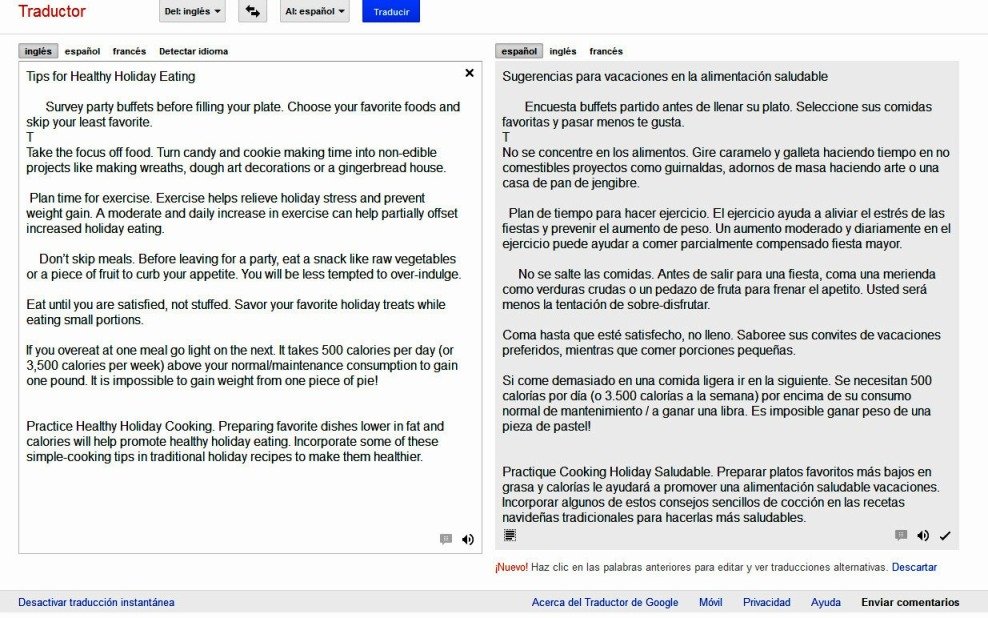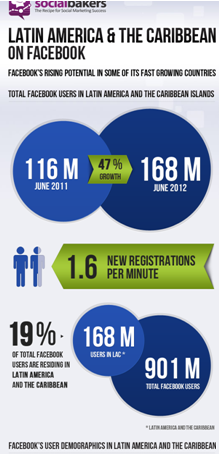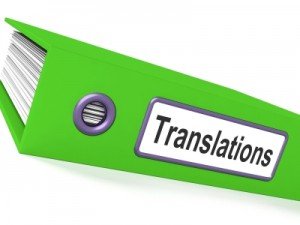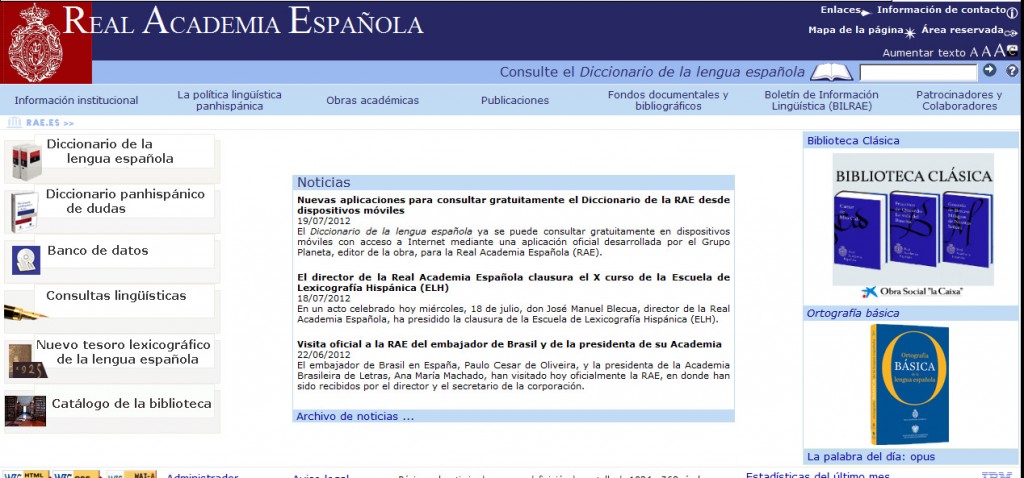Translators work in a variety of contexts, whether independently as freelancers, with an agency, or as a manager and/or editor within their own agency. The career trajectory that some choose to pursue, after entering the industry under the wing of an agency, is to branch out on their own as a freelancer. Armed with the knowledge and experience they acquired at said agency, these guys are ready to conquer the world. But what happens when things are going too well, and they can’t handle all the work coming in?
 Free image courtesy of FreeDigitalPhotos.net
Free image courtesy of FreeDigitalPhotos.net
Many freelancers worry about building their client list so that they have enough work coming in on a consistent enough basis to pay the bills. But the other side of the coin is managing that work so that you’re not inundated and turning away clients who then look elsewhere. When the risk of turning away business arises, freelance translators may choose to find other freelancers and outsource the excess work. This can obviously be a positive development in their career and can mean growth for their fledgling business. But it can also carry some risks of its own.
The immediate benefit of outsourcing extra work is that a client list can continue to grow and create more consistency of work coming in. Translators may find that they have jobs on a more regular basis, as they can accept work without having to worry about high volume times, since they have a backup translator or two to help out. It can also allow them to be more choosy regarding the types of translations that they do—focusing on particular areas of interest, and doling out the others to the people they hire.
In these cases, specialization can take root not only with the independent translator, but also with the people that he or she hires to help out. However, it is important to remember that a certain amount of time may be required to sufficiently train the freelancers in their particular area. Whenever outsourcing occurs, the person who outsources the work and maintains client relations is ultimately responsible for the quality of submissions.
Indeed, translators who began their careers working for agencies may underestimate the amount of time required to train the freelancers that they outsource to. There may be a learning curve to consider when working with others to achieve consistency in translations, especially with highly technical terminology or in cases where the client has set expectations regarding how they want certain terms translated. This is important particularly if the outsourced work is for regular clients in order to free up more time for newer clients. Any time there is more than one translator working on documents from a particular client, consistency will be an issue that is front and center and that will require some time dedication, at least initially.
In the process of outsourcing extra work, some people will find that they have a talent not only in doing translations but in managing the work of others. And if that is the case, he or she might consider hiring translators who work with other language pairs. Of course it would be important to make sure qualified and reliable proofreaders are on hand to ensure consistency and accuracy with the other language pairs.
Ultimately, the option to outsource extra work can be highly rewarding for freelance translators who have a real talent for what they do. But they should also be aware that doing so makes them accountable to the work of other people, and will most certainly end up being more time-consuming with the addition of new tasks that must be managed.











